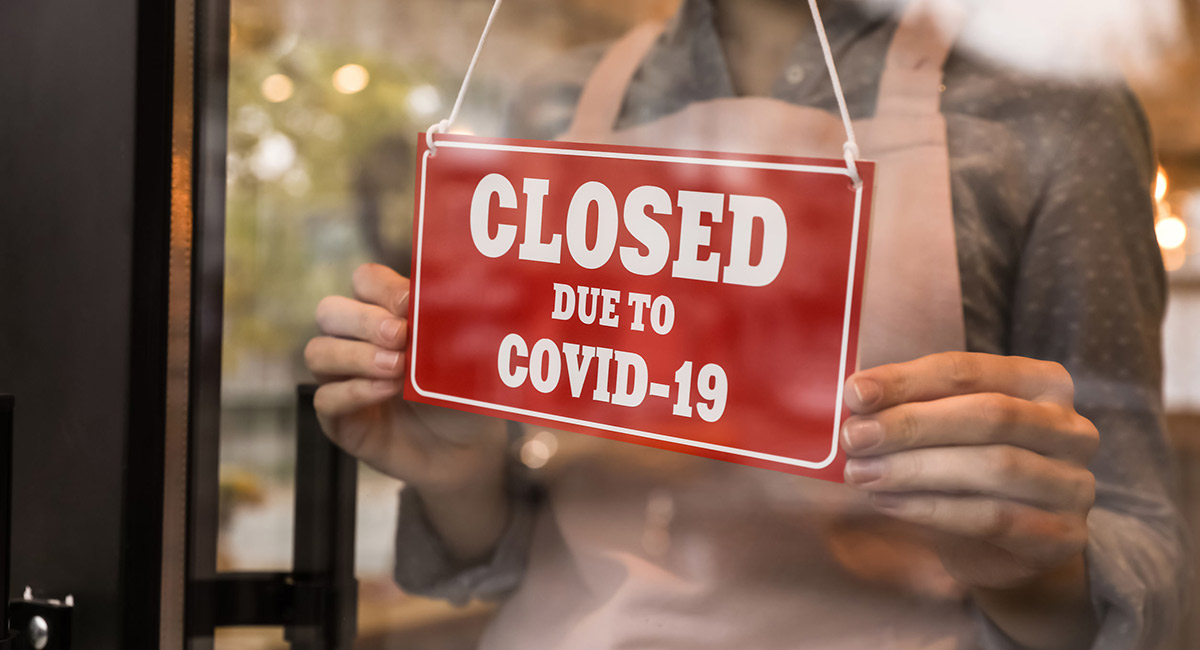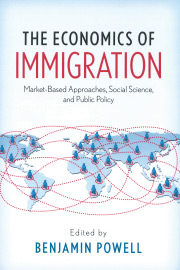Governments around the world restricted people’s economic freedoms at the onset of the COVID-19 panic in 2020. Two new studies finally quantify the extent of these restrictions. Unfortunately, the decreases in economic freedom were massive and are likely to harm economic development for years to come.
The Economic Freedom of the World Annual Report has measured the level of economic freedom in more than 150 countries, going back to 1970 in many cases. The recent 2022 release, which measures 2020 economic freedom, shows the biggest drop in the history of the report. Global economic freedom fell 2.3 percent from 2019. This decline is more than twice as large as the next biggest drop, which occurred during the 2007-08 financial crisis.
The U.S. decline was even bigger. U.S. economic freedom fell 3.5 percent in 2020 – to its lowest level since 1975. Even though these drops are large, they significantly underestimate the decline because of how the report is constructed.
It measures 43 variables averaged across five main areas of economic freedom: size of government; property rights; sound money; freedom to trade internationally; and regulation of credit, labor, and business. These measures pick up some aspects of how economic freedom changed during the pandemic, but they also miss many of the most important restrictions that were imposed. I’ll get to those shortly.
Governments around the globe increased spending during the pandemic. The increased spending is reflected in a drop of about 2.5 percent in the size-of-government component of the report. Most governments also imposed strict travel and migration restrictions. These restrictions are picked up in the 7 percent decline in the freedom-to-trade-internationally component. Central banks monetized a significant portion of the increased government spending, but since measured inflation didn’t accelerate until 2021, most of this impact will not show up until next year’s report.
The report does a good job of measuring the regulation of business, labor, and credit markets in normal years, but 2020 was anything but normal. The novel coronavirus brought with it equally novel regulatory restrictions on economic freedom. These go unmeasured in the report precisely because virtually every country would have received near prefect scores prior to the pandemic.
To address this shortcoming, I and a coauthor conducted a study that created a measure of lockdown regulation with which to adjust the economic freedom report. We measured government regulations that mandated workplace closures and cancellation of public events, restricted gathering sizes, issued stay-at-home orders, imposed internal-movement restrictions, mandated school and public-transit closures, and required masks.
When we adjusted the economic freedom report’s regulation measure to account for these pandemic-specific regulations, we found that global economic freedom declined as much as 12 percent in 2020 rather than 2.3 percent. Similarly, the decline for the United States increased to 12.5 percent rather than 3.5 percent.
Hundreds of academic studies have shown that economic freedom is associated with higher incomes, better economic growth, longer life expectancies, greater literacy, lower rates of poverty, and a whole host of other positive outcomes. So when governments locked down economies in response to COVID-19, they were, often without acknowledgment, trading off some of those positive outcomes for promised and often elusive short-run health benefits.
Economist Thomas Sowell has said, “There are no solutions. There are only trade-offs.” The economic-freedom report and my study help to quantify the large trade-offs in economic freedom imposed by the pandemic restrictions. Unfortunately, the 2021 numbers are not likely to be better, but with the pandemic now behind us, it’s time to get governments to roll back the restrictions on all forms of economic freedom if we want to live richer, longer, and healthier lives.












